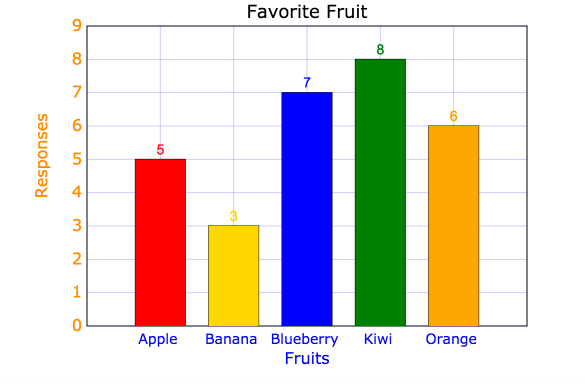A list of numbers ordered on a line is called a number sequence. Probably the first number sequence that you learned is
1, 2, 3, 4, 5, 6, 7, 8, 9, 10, ….
“One, two, three, four, five, six, seven, eight, nine, ten, …..”
The numbers of a sequence can come from anywhere. For instance, you can read them off from a chart:

Reading across from left to right, we have here a sequence of just five numbers: 5, 3, 7, 8, 6.
Let’s make our own number sequences. We can write down the sequences on a Google sheet.
- Birthday sequence: a list the month of the year of each group member, and separately, the day of the month
- Favorite number: everyone say their favorite number(s)
- Digits of the number Pi : Π = 3 . 1 4 1 5 1 9 2 6 5 3 5 9 . . .
Number Sequences with a Pattern
Sometimes, the number sequences comes with a pattern. Let’s try to find a pattern and predict the next three numbers for each of the sequences below.
(A) 2, 4, 6, 8, 10, ….
(B) 3, -6, 9, -12, 15, -18, …
(C) 5, 13, 21, 29, 37 , …
(D) 1, 2, 4, 8, 16, 32, …
(E) 2, 3, 5, 8, 12, 17, …
Example (D) is an exponential type sequence. Every successive number increases (or decreases) by multiplying a fixed number. In this example, each number of the sequence can be written as some number “X” raised to a power (or exponent). What number is “X”?